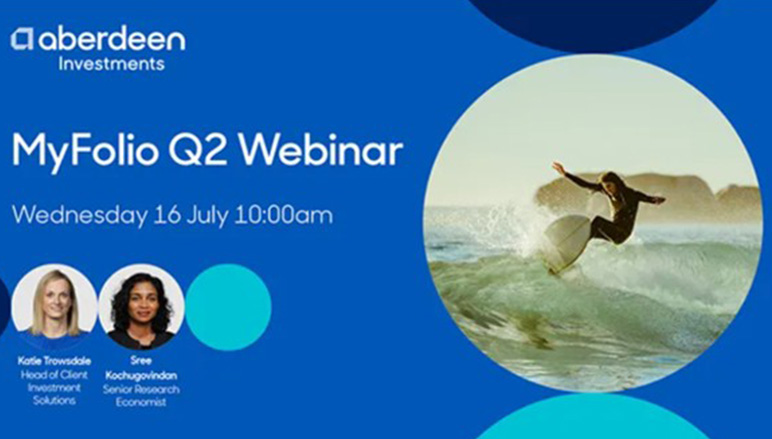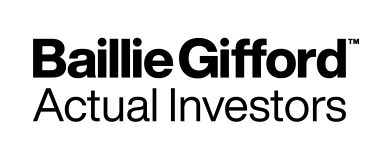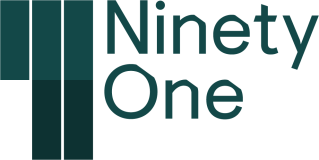As the damage to the global economy from Covid-19 becomes clear, few central bankers would contemplate raising rates. Most have committed to ‘lower for longer’: the US Federal Reserve recently changed its mandate, committing to no rise in rates until inflation was reliably above 2%. Markets do not expect rates to rise above 0.25% in the UK for a decade or more.
Investors had grown used to ‘lower for longer’. They must now grow used to ‘lower for longer and longer’. This has implications for portfolio construction. Here are the five key considerations:
1. Fixed income is not a safe haven
The behaviour of investors during the pandemic suggests many still turn to high quality fixed income assets at a time of crisis. However, this has become an increasingly precarious approach. Yields are already low: the UK has ruled out moving to negative rates in the short-term and the European Central Bank also looks unlikely to budge on rates from here. This means there is little upside.
The potential downside, on the other hand, is significant. There is still a risk that inflation re-emerges given the fiscal and monetary stimulus in place. If there is a vaccine or the impact of the virus ebbs, jobs are saved and life returns to some degree of normality, inflation could pick up again very quickly. It is hard to see fixed income as a ‘safe haven’ today when it appears not to reflect the balance of risks
2. Investors need alternative safe havens
A portfolio that only includes equities and bonds is unlikely to offer sufficient protection against the myriad risks in today’s market conditions. The diversification benefits of a portfolio balanced between government bonds and equity markets look increasingly unstable. For example, high growth technology stocks appear to be benefiting from a low risk-free rate as investors place greater value on future cash flows. This gives them a high correlation with falling bond yields.
As such, the inclusion of alternative assets – infrastructure, private equity, specialist property – can no longer be an optional extra. These types of real assets are, in some cases, the only source of predictable, inflation-adjusted income with capital stability an investor can access. Experts have been predicting the demise of the 60/40 model for some time, but the pandemic may finally kill it off.
3. It slows down the ‘feedback’ loop of capitalism, but does not end it
Schroders’ Nick Kirrage points to the risks inherent in lower rates: “If interest rates remain low, economic growth is stimulated, defaults are scarce, financing is easy and risk-taking is encouraged. Signs of this can be seen today in many areas, from rising leverage in private equity buyouts, to rising overall debt levels and the growing popularity of so-called “covenant-lite” loans.”
His view is that low rates have slowed the impact of the feedback mechanism of capitalism, but they have not negated the economic cycle entirely. For investors, this should weigh on their investment selection. ‘Zombie’ companies have been allowed to stay alive and this will continue, but their marginal gains from low rates are diminishing and they may be building up more debt in the interim. Eventually, this will become unsustainable.
4. Inflation is still a concern
The biggest concern for many investors on inflation is that it leads to a knee-jerk rise in interest rates. Central banks have made it clear that they will tolerate – perhaps even welcome - higher levels of inflation before raising rates. However, investors cannot avoid the corrosive effect of inflation on their portfolios. Cash has become an even less appealing investment and most government bonds will also not beat inflation.
Investors have a tough balance to achieve. On the one hand, they must include growth assets in a portfolio; on the other, some of those growth assets now look extremely expensive. Again, investors will need to be creative, finding the strongest asset managers uncovering structural growth companies at lower prices.
5. They will need to embed growth in an income strategy
Baillie Gifford’s James Budden says: “it is only through growth that companies have the earnings to grow their dividend or repay the coupon on a bond. Too often, investors gravitate to low-growth companies that over-distribute. When crises arrive, as they inevitably do from time to time, those companies are found out and investors find their income is far less secure than they thought.”
A low interest rate environment means that investors don’t get any free rides on dividends. They will need to be particularly careful where they are drawing income from equity markets. If a company keeps paying dividends, but isn’t growing, that dividend will become increasingly insecure. Safety lies in a company’s long-term growth potential.









